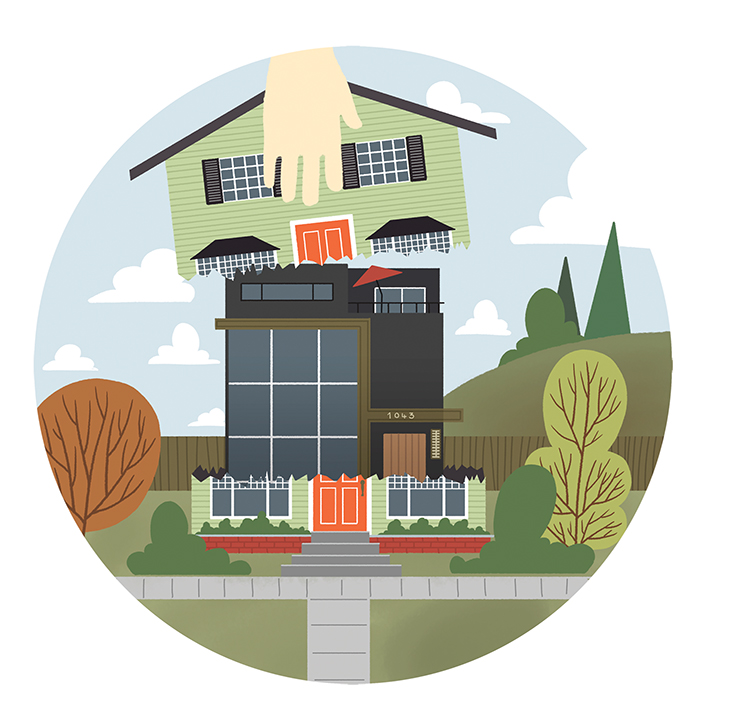It would be easy to chalk this one up to a general love of complaining, but the truth is that neighbourhoods do change as part of their natural cycles. What’s upsetting people now is that many of the businesses lost over the past decade have been cornerstone independent retailers – Greenwoods’ Bookshoppe in Strathcona, the Front Page on Jasper Avenue, the Ukrainian Bookstore in Chinatown. They’re being replaced with chain retailers, big-box stores and anything that can be appropriately suffixed “Super Centre.”
And though this trend certainly isn’t new – it’s been happening since Meg Ryan had enough star power to sell a movie about receiving email – the numbers are climbing. According to Industry Canada, independent retailers still have a slight edge of about four per cent over the chains when it comes to total revenue in Canada; however, that gap has been closing quickly over the past decade. Between 2001 and 2010, chain stores gained almost seven per cent of the market share. This is a trend that Taylor witnessed firsthand. “Street retail in Edmonton up to the late ’70s had been locally owned businesses,” he says. “They were all Edmontonians. They weren’t chain stores, but then there weren’t a lot of chain stores in those days. It’s a phenomenon that’s come later.”
With so many chain retailers swooping in and replacing local fare, it’s no wonder people are feeling a sense of loss over their neighbourhoods.
But, you should know that Taylor, for one, sees it as a cycle: he points out that the little guys pulled through the mall craze. Murray Davison, executive director of the Old Strathcona Business Association, agrees. He points out that people will always come back to independent stores because what they lack in size, marketing budgets and low price tags, they more than make up for in service. “What the independent stores have that a lot of those box stores don’t have,” he says, “is that chance that you could actually, nine times out of 10, any time on a given day, talk to the owner of the business. And that’s an experience that a lot of people are looking for. They want that personal touch, that personal feel. They’ll pay a little more for a good quality product [and] that extra level of service.”
